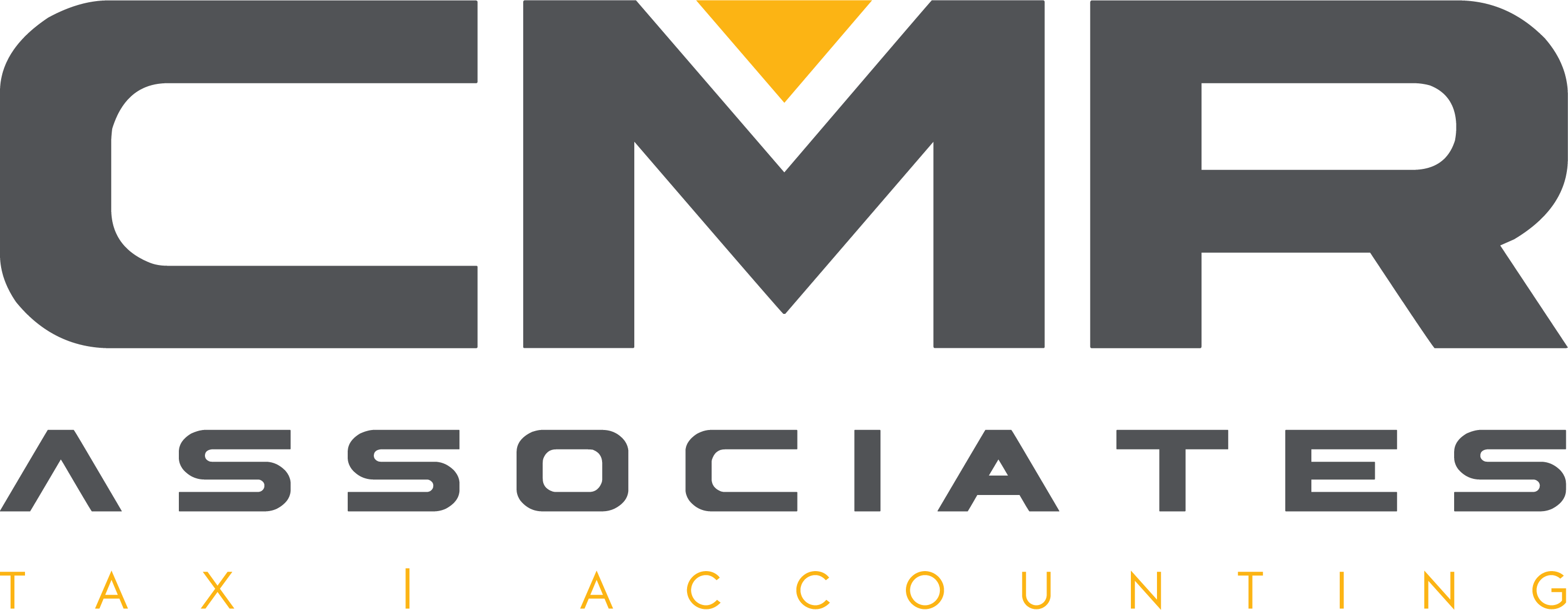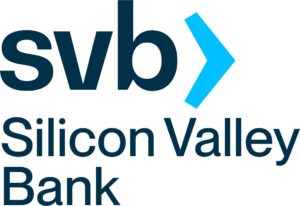
The debate over the use of public funds to support private schools is a contentious one, often centered on issues of fairness, access, and efficiency. However, an argument gaining traction is that public sector funds directed towards private schools can actually result in cost savings for the public sector. This perspective is rooted in the notion that private schools operate more efficiently than their public counterparts, thus providing better value for taxpayer dollars.
Efficiency of Private Schools
Private schools are often lauded for their ability to manage resources more effectively. Several factors contribute to this efficiency:
1. Administrative Costs: Private schools typically have leaner administrative structures, which translates to lower overhead costs. They often have more flexibility in hiring practices and salary structures, which can lead to more efficient use of funds.
2. Operational Flexibility: Unlike public schools, private schools are not bound by many of the regulations and bureaucratic constraints that can increase operational costs. This flexibility allows them to adopt innovative teaching methods, integrate new technologies more quickly, and tailor their curricula to better meet students’ needs, often at a lower cost.
3. Accountability and Performance: Private schools often operate under a performance-based model. Parents’ ability to choose where to send their children creates a market dynamic where schools must perform well to attract and retain students. This competition can drive efficiencies and improve educational outcomes, offering better value for money spent.
Cost Savings for the Public Sector
When public funds are allocated to private schools, these efficiencies can translate into significant cost savings for the public sector. Here’s how:
1. Per-Pupil Expenditure: Studies have shown that the per-pupil expenditure in private schools is often lower than in public schools. By funding private school placements, public funds can support more students at a lower overall cost.
2. Infrastructure Savings: Public schools require significant investments in infrastructure and maintenance. Supporting private schools alleviates some of this burden, as the responsibility for facilities and upkeep falls to the private institutions.
3. Reduced Class Sizes and Better Resource Allocation: By redistributing students across both public and private institutions, class sizes in public schools can be reduced. This can lead to better resource allocation and improved educational outcomes, which are more cost-effective in the long run.
Case Studies and Evidence
Several case studies and analyses provide evidence for the cost-saving potential of funding private schools with public money:
– Milwaukee Parental Choice Program (MPCP): Research on the MPCP, a school voucher program in Wisconsin, indicates that the program saves taxpayers money. A study by the Friedman Foundation for Educational Choice found that the MPCP saved Wisconsin nearly $238 million from 1993 to 2011.
– Charter Schools: In many regions, charter schools, which are publicly funded but privately managed, demonstrate similar cost efficiencies. For example, a study by the University of Arkansas found that charter schools in Texas delivered superior student performance at a lower cost compared to traditional public schools.
Conclusion
Allocating public sector funds to support private schools can yield significant savings for the public sector. The inherent efficiencies in private school operations, combined with the competitive pressures of a market-based educational environment, drive these savings. By leveraging the strengths of private institutions, the public sector can deliver high-quality education more cost-effectively, ultimately benefiting taxpayers and students alike.
This approach necessitates careful policy design to ensure equity and access, but the potential for cost savings and improved educational outcomes makes it a compelling consideration in the ongoing debate over public funding for private education.




